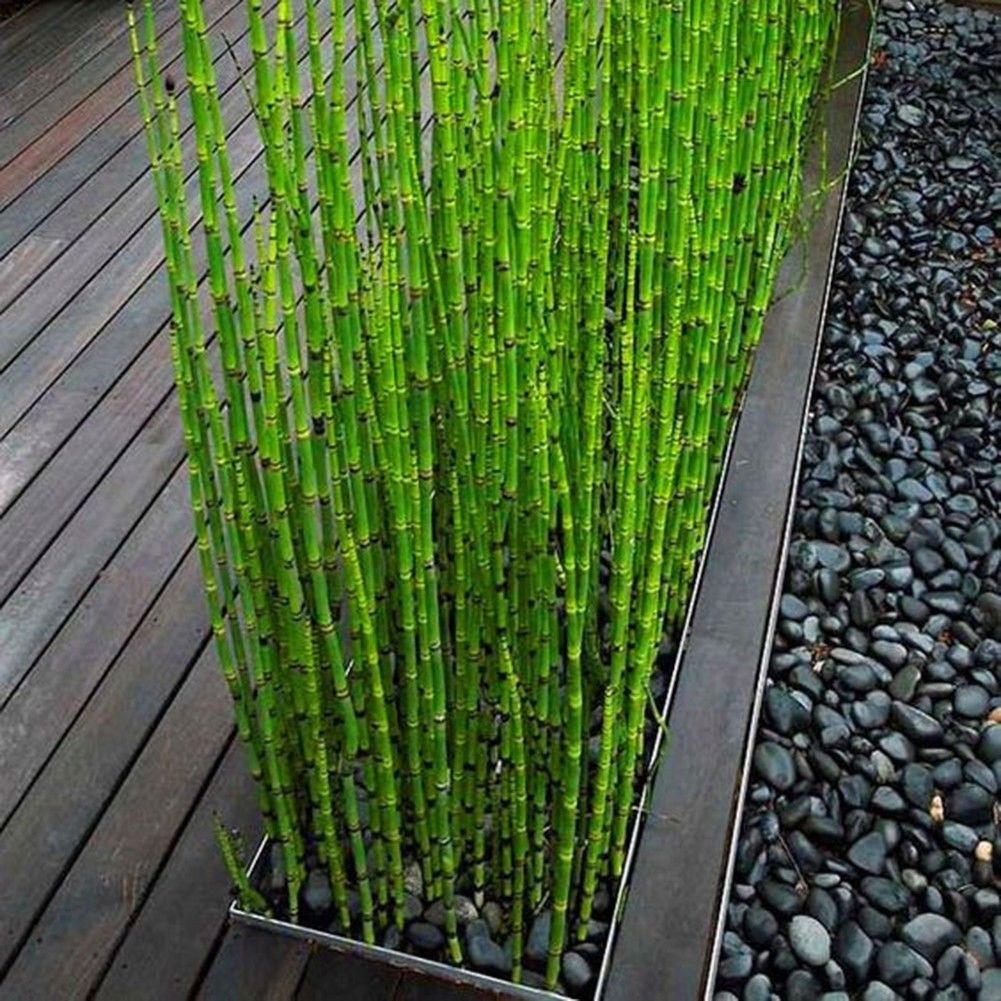

In Japan they turn yellow all at once in May and are shed in time with new culm formation. The paper thin leaves are plentiful and last one growing season, each usually 4-10 cm in length and less than 2 cm in width. Culms fully mature within two seasons growth and can last up to 12 years. The uppermost nodes have one or more side branches that in turn bear the numerous elegant, small leaves. The culms are not tapered, but rather columnar in structure, only tapering near their apex. Like other bamboos, the nodes on the culm are very easy to see, forming a segmented stem that is hollow inside except at the node itself.


Impressive stands of this giant bamboo are common place in the warmer parts of Japan. Moso growing along a mountain path in Fukuoka Prefecture, Kyushu, Japan. Being a “giant” or “timber” bamboo, culm diameter can be impressive, up to 20 cm, but as little as 8 cm in weaker culms. Phyllostachys edulis is a large growing bamboo with stems (called culms) routinely attaining heights of 15 meters or more, indeed reports of culms approaching even 30 meters exist in its most favored habitats. Regardless of these facts, moso remains the most important timber bamboo in the world, and has a central role in Japan’s traditional culture, ranging from construction material to food. If that weren’t enough, being in truth a very large grass, moso cannot be considered a tree either, despite its arboreal size. Moso bamboo ( Phyllostachys edulis), another Japanese icon, shares their fate. The odd thing is that neither of these species is native to Japan, but rather are imports from China. Japan is home to many iconic plants, for example the Japanese plum tree ( Prunus mume), and the red spider lily ( Lycoris radiata).


 0 kommentar(er)
0 kommentar(er)
